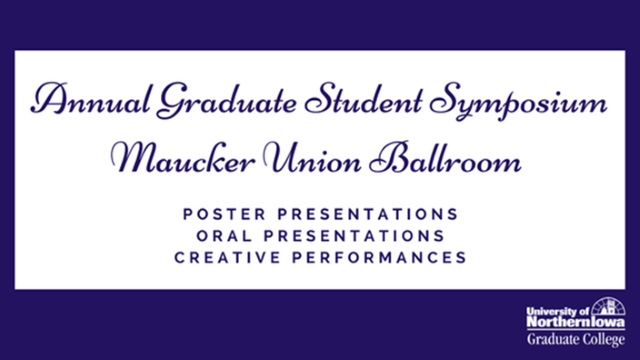
Complete Schedule
English For the Vocational Classroom: How Vocational Instructors Can Help EFLL
Award Winner

Recipient of the 12th Annual Graduate Student Symposium Scholarship Award, Oral Presentations, University Room - Second Place (2019)
To go to the Graduate Student Symposium event page, Click here
Presentation Type
Oral Presentation
Keywords
Vocational education--Colombia; Hospitality industry--Colombia--Employees--Education; English language--Study and teaching--Foreign speakers;
Abstract
Learning a foreign language in vocational areas could be perceived by students as an additional course disconnected from their future labor context. English as a foreign language introduced into the vocational courses should be integrated into the specific vocational purposes of the training area in order for the students reach significant and sustainable communicative goals to use the foreign language in their labor context. I have focused my work on SENA which is the largest vocational education institution in Colombia . I suggest that the vocational instructors from the hospitality and tourism programs at SENA in Colombia integrate the English language into their lesson plans with the support of English instructors from the same institution to impact their apprentices by being the carriers of English communication in the productive area. I present a sample lesson plan model integrating English into the vocational lesson class. Also, I introduce three aspects for training the vocational instructors that include motivation to integrate English into their lesson plans; the appropriate English teaching approach; and the relation between English instructors and vocational instructors under this strategy. The integration of English in the vocational classes is a proposed strategy to implement a communicative approach to language teaching and ensure the English proficiency of the apprentices in their area of work. Proper planning and implementation would allow vocational students to become more interested in using English for communicative purposes. This would also facilitate the introduction of English from a more general approach through the English instructor.
Start Date
3-4-2019 1:00 PM
End Date
3-4-2019 4:00 PM
Year of Award
2019 Award
Faculty Advisor
Dr. Joyce Milambiling
Department
Department of Languages and Literatures
Copyright
©2019 Claudia Jimenez De La Hoz
File Format
application/pdf
Embargo Date
4-17-2019
English For the Vocational Classroom: How Vocational Instructors Can Help EFLL
Learning a foreign language in vocational areas could be perceived by students as an additional course disconnected from their future labor context. English as a foreign language introduced into the vocational courses should be integrated into the specific vocational purposes of the training area in order for the students reach significant and sustainable communicative goals to use the foreign language in their labor context. I have focused my work on SENA which is the largest vocational education institution in Colombia . I suggest that the vocational instructors from the hospitality and tourism programs at SENA in Colombia integrate the English language into their lesson plans with the support of English instructors from the same institution to impact their apprentices by being the carriers of English communication in the productive area. I present a sample lesson plan model integrating English into the vocational lesson class. Also, I introduce three aspects for training the vocational instructors that include motivation to integrate English into their lesson plans; the appropriate English teaching approach; and the relation between English instructors and vocational instructors under this strategy. The integration of English in the vocational classes is a proposed strategy to implement a communicative approach to language teaching and ensure the English proficiency of the apprentices in their area of work. Proper planning and implementation would allow vocational students to become more interested in using English for communicative purposes. This would also facilitate the introduction of English from a more general approach through the English instructor.


